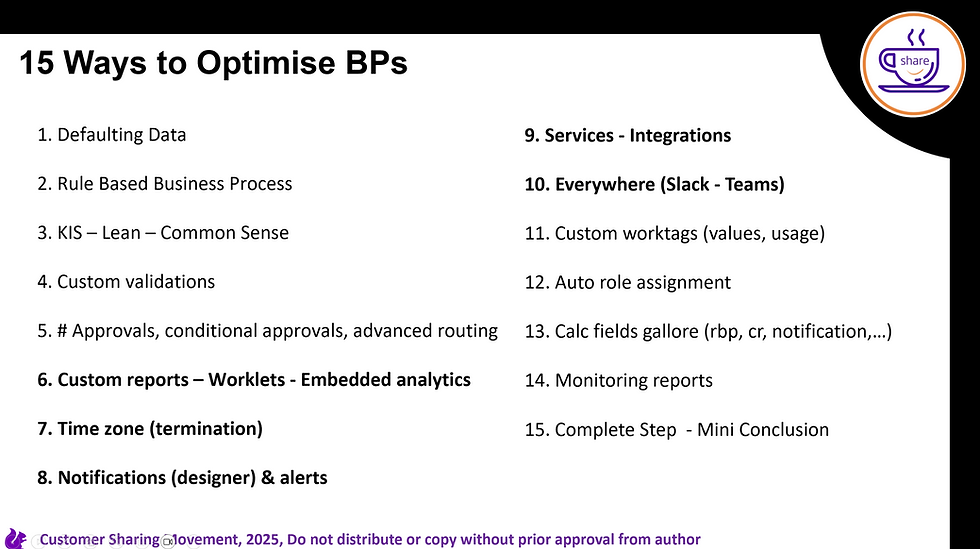Document Segment Security: The Background
- Brittney from Colorado

- May 2, 2024
- 3 min read
Documents Categories and Security
Time, that elusive currency we all strive to save and spend wisely. In a world where every minute counts, mastering the art of saving time isn't just a convenience—it's a necessity. Fortunately, Workday offers a plethora of tools and solutions to streamline tasks, automate processes, and ultimately, save precious time while also keeping our user’s information secure. Two such tools operate as a secure filing system when used and configured correctly – Document Categories and Document Security.
Let’s talk about it.

Document Categorization
Effective document management within the Workday system hinges on a structured approach to categorization. By establishing clear and consistent categories, users can efficiently organize and locate documents as needed. These categories can be tailored to suit the specific needs of the organization, encompassing a range of classifications such as personal, medical, financial, developmental, termination, and more.
The importance of categorization cannot be overstated—it serves as the foundation for efficient document retrieval and management. Whether it's locating an employee's medical records or adding attachments to a business process, a well-organized categorization system simplifies the process and saves valuable time.
By using the Maintain Document Categories task, you can view the Workday delivered categories and create custom categories for your organization’s needs.

Once you’ve created document categories, how are they secured?
Document Security
Documents are secured in Workday by the domains within the Personal Data Functional Area and you can use segmented security to control who can edit, create, or view documents within a specified document category. Segment-Based Security Groups offer a powerful solution for granting access to specific components within a securable entity. This system allows individuals, who may belong to various security groups, to gain access to designated segments of security.
Workday provides the capability to define these security segments, but it's accessible only to those within a security group with modify permissions within the Segmented Setup domain.
One significant advantage of segmented access is the ability to tailor permissions based on specific criteria. For example: a manager may need access to certain work-related documents of their team members for review or collaboration purposes. With segmented security, it's possible to grant access to relevant employment documents while keeping personal information strictly off-limits. This not only ensures data privacy but also fosters trust within the workforce.
But the benefits don't end there. Imagine navigating through a myriad of categories every time you attach a document to a business process. It's tedious, time-consuming, and frankly, quite frustrating. Here's where segmented access controls come to the rescue again. By limiting the categories visible to users during attachment, we can streamline processes and boost efficiency. Why scroll through an exhaustive list when you can have precisely what you need at your fingertips? It's a simple tweak that saves precious time and minimizes the risk of errors.
By leveraging all of these Workday capabilities, users can ensure that only authorized individuals have access to specific components of data, enhancing overall security posture all while saving time. With Workday's commitment to enabling configurable security measures, organizations can confidently navigate the complexities of document management while maintaining stringent data protection standards.
What’s Next
In our next blog, we are going to look at the configuration steps needed to make this wonderful reality come to life.
Sources:
Author: Brittney from Colorado

_edited.png)



Comments